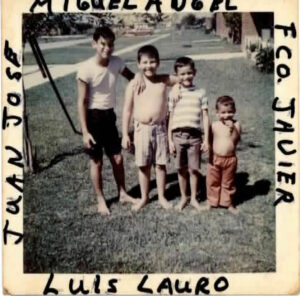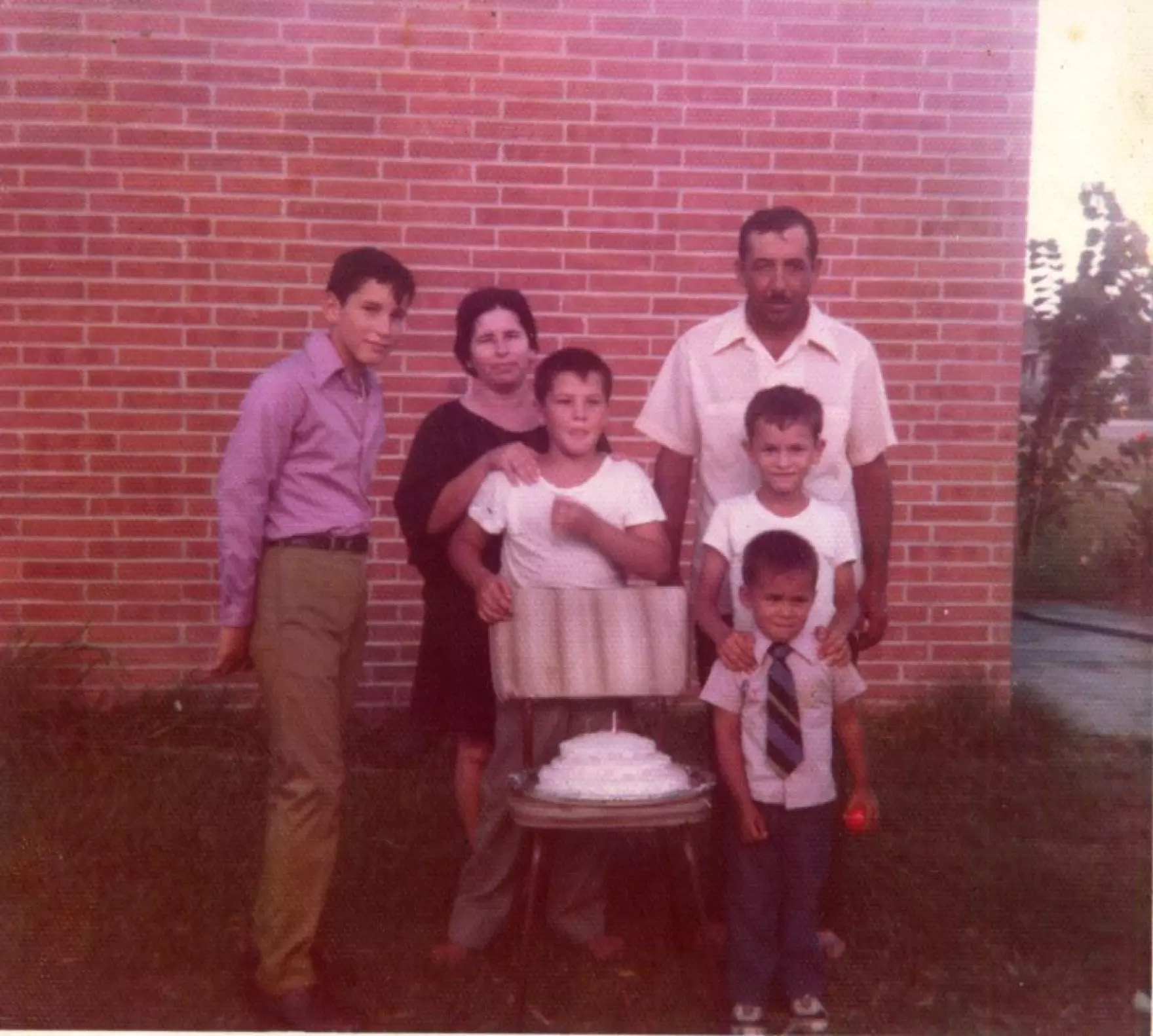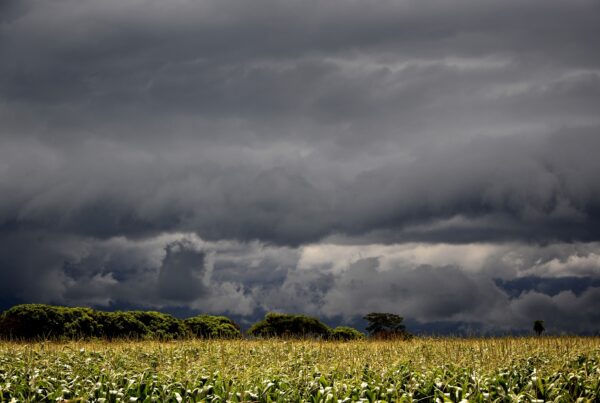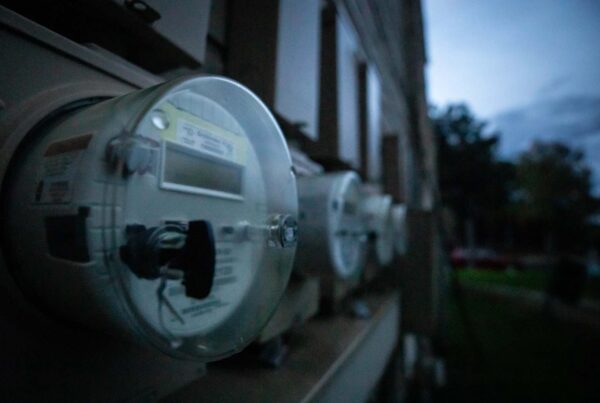From Texas Public Radio:
For many Texans, colonias evoke images of mismatched shanties, dusty roads and children wading through excrement-rich floodwaters after heavy rainfall. That’s also how people who testified before Congress in the 1980s described these unofficial neighborhoods.
Despite significant progress to improve living conditions in colonias over the last four decades, these settlements are still defined by their worst moments.
But that’s not the whole picture.
“I think that it’s also an American success story, the development of colonias,” said Francisco Guajardo, CEO of the Museum of South Texas History.
He spent much of his childhood in a colonia, and he finds the prominent narrative tired and reductive.
“I am not going to poverty-pimp the colonia idea, because enough people have. And I think that that’s been to the psychological detriment, of a lot of us,” he said.
While the public’s attention on colonias has largely centered on squalor and societal neglect, Guajardo said there’s more to their story.
Colonias resulted from unwanted farmland
“The story of colonias in South Texas is really something that predates the war, meaning World War II, but it does not become pronounced until after the war,” Guajardo said.
In the early 20th century, developers promoted the agricultural potential of the Rio Grande Valley to Midwestern growers. They touted the mild climate, abundant water sources and fertile soil. Farmers flocked to the Valley.
“People were lulled into believing that this was this huge garden of prosperity,” Guajardo explained.

Untitled photo, possibly related to: Sorting washed grapefruit, juice plant, Weslaco, Texas. (1942)
Arthur Rothstein / Farm Security Administration – Office Of War Information Photograph Collection (Library Of Congress)
For decades, the region had a booming citrus industry with acres of oranges and grapefruits covering the flat floodlands.
The promise of work summoned a labor force composed mostly of Mexican immigrants or Mexican Americans.
But prosperity was fickle. The climate, which had first enticed growers, bred insects and diseases, which hurt crops and diminished yields. Also, extreme weather events could ruin a harvest.
“It began to not be this garden of prosperity into the 1960s and into the 1970s,” Guajardo said.
Many of these problems hit smaller farmers particularly hard because they did not have the resources to withstand the damage done to their crops. Just after the war, a series of freezes ended their desire to keep growing.
Many landowners wanted out of agriculture in the Valley, and so they started selling their properties. Laborers were eager to buy.
“You also have a lot of working people who don’t have a lot of income, and they’re attempting to reach their American Dream. … They want their piece of land,” Guajardo said.
Landowners capitalized on this demand. Before selling the land, they stripped and sold the fertile topsoil, which made the area even more flood-prone.
Then they subdivided the land into residential plots and sold them without infrastructure for cheap prices to those low-income workers attempting to realize their American Dream. Thus, colonias were born.
“Maybe you can come up with $1,000 to buy a quarter acre in this startup neighborhood that doesn’t have running water, doesn’t have electricity and doesn’t have paved roads. And so, those are the colonias,” Guajardo said.
Some sellers, to quell weariness over the lack of infrastructure, falsely promised that these services were on their way.
Because many buyers didn’t have enough cash and their credit was often too poor to finance their purchase, they’d sign contracts that made it so one missed payment could result in foreclosure. These contracts also withheld the deed from residents until they paid off the property in full.
Other times, sales happened under the table, so purchasers had no legal claim to their property.
Still, colonias made homeownership a possibility for many low-income families, and through time, these close-knit communities became beacons for change.
Residents move in
From the 1960s to the 1980s, colonia development peaked not only in the Valley but all along the U.S.-Mexico border.

Guajardo and his brothers pose near their home in federal housing. Courtesy Photo / Francisco Guajardo
In the mid-1970s, Guajardo’s family was priced out of public housing, and they decided to move into a new colonia outside of the city of Elsa.
Like many others, Guajardo’s family set out to build a home the only way they could afford to — piecemeal and slowly.
His family settled temporarily in a trailer home while they built their house. To make money for construction supplies, Guajardo and his brothers traveled to other states, like California, to work on farms as migrant laborers.
And it wasn’t just a house they had to build. Like thousands of other colonia residents, they also had to build their own utilities.
They created ditches to install their water pipes and dug holes for their septic tank.
It was hard work, but the family was not alone. Improving the neighborhood was a collaborative endeavor.
“Other people are moving in as well. And so we’re all like sharing in the same sort of electricity, like completely rigged,” Guajardo said. “It was like the most beautiful thing, because it’s like resilience, ingenuity, and all of this.”
In need of building expertise, Guajardo’s father sent his older brother to carpentry school. After completing the program, his brother became the colonia’s resident carpentry expert.
“It took a while but we built a house,” Guajardo said.
But that was far from the only hurdle. Colonias were located in rural county areas, not within city limits.
There were no water services, drainage systems or street requirements that are usually mandated by cities and paid for through city taxes.
Colonias’ lack of basic infrastructure and poverty rates, rarely seen in the United States at the time, resulted in neighborhoods where living conditions were dismal.
“Middle school for me and then high school was in a colonia. Elementary school was in the federal housing projects. No comparison. Federal housing was like the Taj Mahal,” Guajardo said.
But eventually, cities began annexing many colonias. In some cases, clusters of colonias became their own municipalities.
Colonias also started banding together to ask their public officials for basic needs.
“That’s what your taxes are supposed to be for — for basic infrastructure. So really, all you’re doing is you are asking for what is right, which is ‘I contribute to this community. You public officials — would you please contribute to my neighborhood so that my truck won’t always be needing new tires?,’ ” Guajardo said.

















